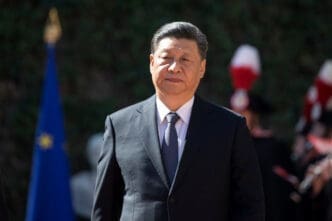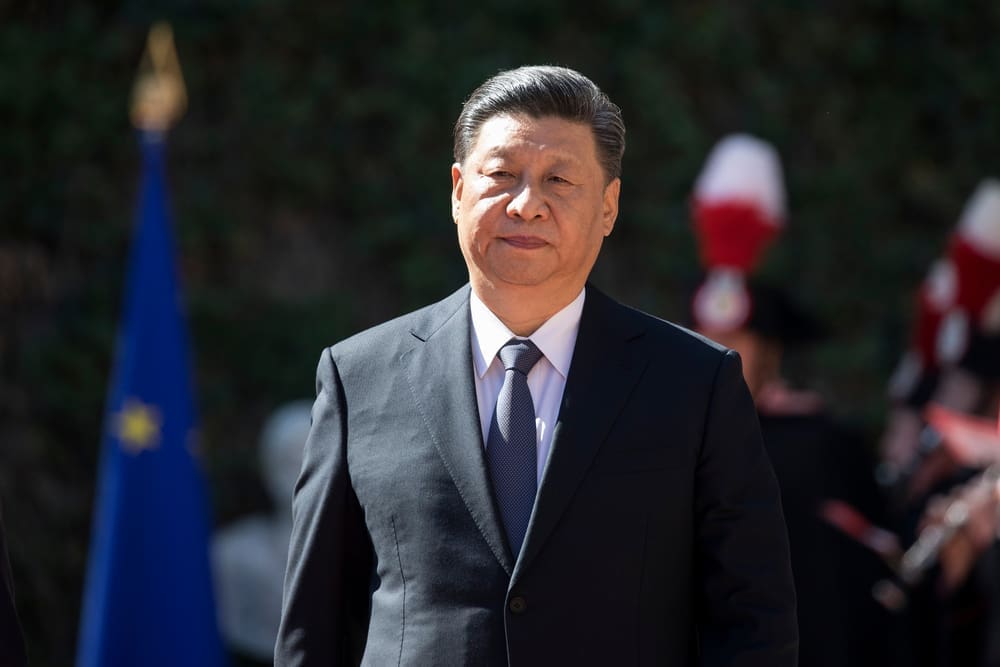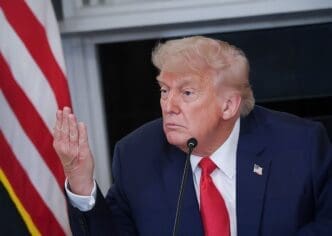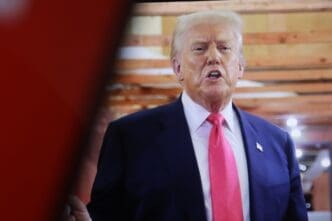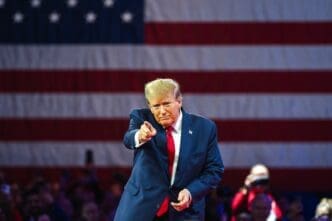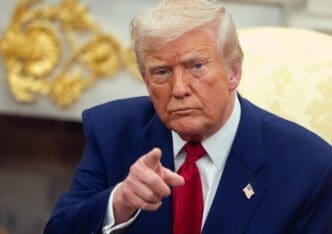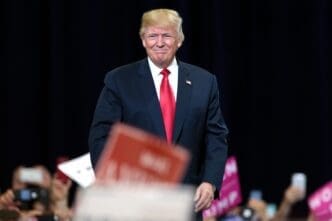Executive Summary
The Story So Far
Why This Matters
Who Thinks What?
Financial markets responded positively to weekend reports of smooth trade discussions between the United States and China, leading up to an anticipated meeting this week between President Trump and Chinese President Xi Jinping. This development follows weeks of heightened tensions, during which Trump had threatened significant tariffs on Chinese exports and considered canceling the meeting.
Ongoing Trade Tensions
The latest escalation in US-China trade relations centers on Beijing’s plans to restrict exports of rare-earth minerals, which are crucial for a wide array of electronic devices. China has historically controlled a majority of the world’s rare-earth supply and has implemented measures to limit foreign access for over three decades.
Following recent negotiations in Malaysia, US Treasury Secretary Scott Bessent indicated that the high-stakes meeting between Trump and Xi could result in “some kind of deferral” on these rare-earth export controls. However, US Trade Representative Jamieson Greer, who has led the Chinese trade talks alongside Bessent, expressed skepticism, suggesting that China intends to maintain rare-earth access as leverage.
Analysts suggest that any deferral on rare-earth controls might be temporary, allowing China to continue using these materials as leverage against US actions. This dynamic could lead to a cycle of new export restrictions from Beijing and retaliatory tariffs from the Trump administration.
Past Agreements and Future Outlook
Skepticism also stems from past instances where diplomatic progress has been undermined. President Trump previously enacted export controls on chip design software to China weeks after a tariff reduction deal, though these controls were later lifted. Both nations have also accused each other of violating prior trade agreements.
Just last week, Greer initiated an investigation into whether China is adhering to a trade agreement brokered during Trump’s first term. Under that agreement, China committed to increasing purchases of American products by $200 billion by the end of 2021, a target it reportedly fell significantly short of.
Strained Relations with Allies
Amid efforts to de-escalate tensions with China, the Trump administration simultaneously heightened trade disputes with Canada, a key US ally and its second-largest trading partner. Trump threatened an additional 10% tariff on Canada in response to an Ontario-commissioned advertisement featuring a speech by former President Ronald Reagan on tariffs.
Canadian Prime Minister Mark Carney has shown reluctance to retaliate against US tariffs, stating that “emotions don’t carry you very far.” However, observers note that continued alienation of allies could inadvertently increase America’s economic reliance on China.
Key Takeaways
The upcoming meeting between President Trump and President Xi is set against a complex backdrop of ongoing trade disputes, historical leverage over critical resources, and a history of both breakthroughs and breakdowns in negotiations. The administration’s approach to global trade continues to involve simultaneous de-escalation with rivals and new friction with allies.

